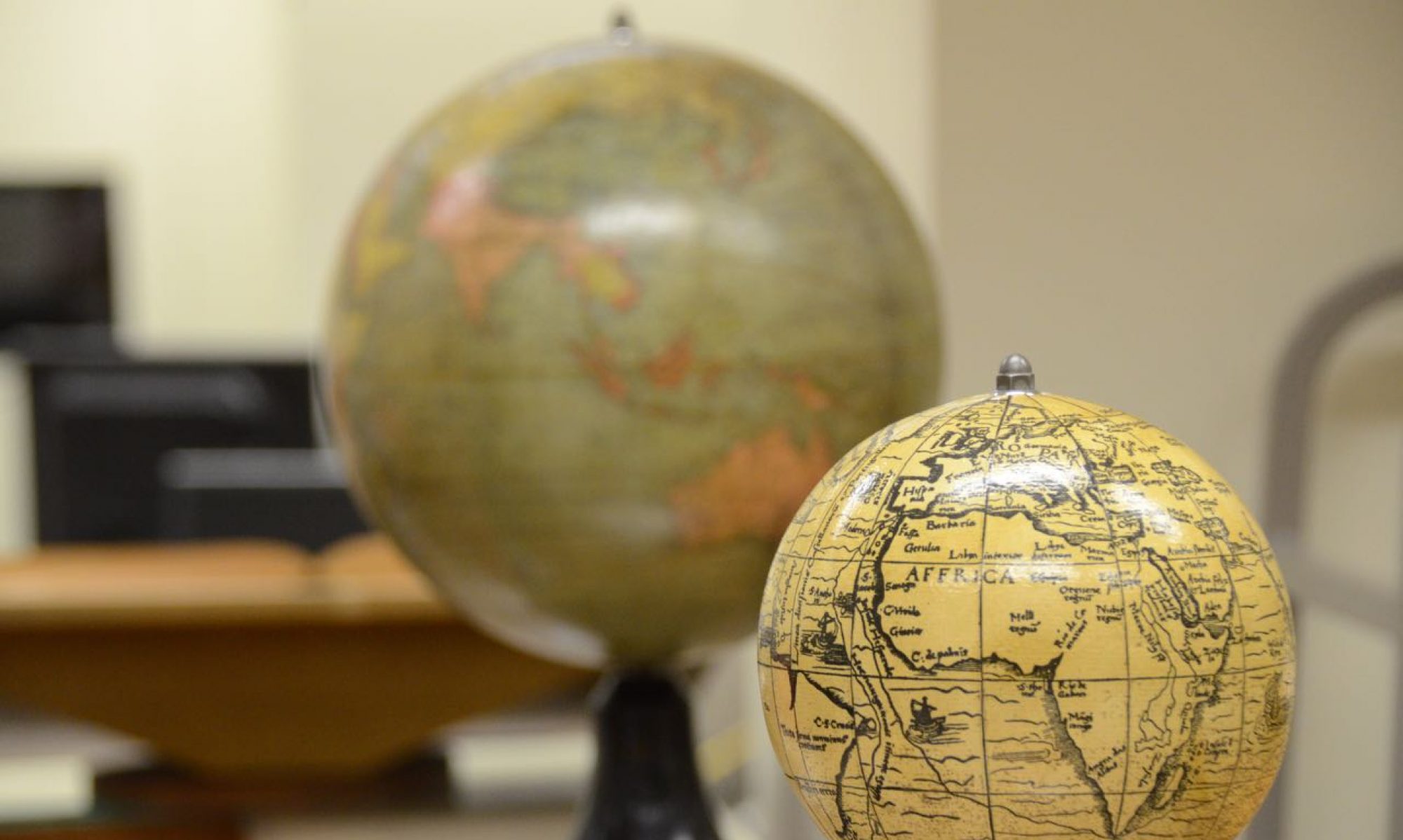Five minute presentation at the conference organized by the Lithuanian Embassy in Tel Aviv at the Peres Centre in Jaffa, Tel Aviv
by Abel & Glenda Levitt
When we received an invitation to this conference and read that the first session was titled “What has been done in Lithuania regarding the commemoration of victims of the Holocaust?” I called the Lithuanian embassy to ask if we could have 5 or 6 minutes to describe our role, Glenda and Abel Levitt, in this important mission, Commemoration.
Since our first visit to Lithuania in 1998, to visit Plunge, the shtetl where my father had been born, from where he emigrated to South Africa in 1913, and where his mother, four brothers and sisters and their children were murdered in July 1941, we have visited many times, trying to go every year, sometimes more often.

In Plunge we met Yacovas Bunka, the then 75 year old sculptor who took us to the Kausenai forest to visit the mass graves where on two bloody days 1,800 Jews, men women and children were shot and thrown into the graves, and covered by mounds of earth.

We saw for the first time the memorial, erected in Soviet times. As we left the site with the giant wooden sculptures made by Bunka and his artist friends, the old man took my hand and asked if we could raise the money needed to cover the graves with stone, as he feared the encroaching foliage of the forest would overrun the mass graves.


This we did and our family around the world responded to our request. We also wanted to acknowledge the work of brave Lithuanians, farmers and priests, and ordinary people, who had saved their Jewish citizens. These heroes had been awarded the Life Saving Cross by Lithuania’s presidents. To these noble people we created the Alley of the Savers.

We had met via the internet an Israeli woman, Emma Karabelnik, born in Vilnius to parents who had lived in Plunge but who had managed to escape east to Russia days before the Germans arrived. Emma inspired by seeing the covered mass graves decided to make a contribution and so interviewed families and researched victims’ names to add to Bunka’s list of 700. Emma was interested in having these names somehow displayed. Shortly after our meeting Emma, we were in Plunge, a day before the old synagogue was to be demolished. We called Bunka’s son Eugenijus, and suggested to him that the bricks from the synagogue be saved and be used for building some sort of memorial, ideally at the mass grave.

And thus was born the Memorial Wall project, with 1,200 names of the 1,800 victims. The monument was unveiled in July 2011; 70 years after the murderous act had been perpetrated. Emmanuel Zingeris was present that day, as was Ronaldas Racinskas who is here today.

Speaker after speaker spoke of the need to build more memorials with names at the mass graves in Lithuania. Attending were government officials and ambassadors, and the representative of Yad Vashem. In my address, I too spoke of the importance of names, not only numbers, but names on memorials that would be the tombstones of the murdered Jews.
In May of 2011, two months before the unveiling we had visited Kedainiai and met the director of the museum, Rymantas Zirgulis.

We showed him a photo of the wall being built, his reaction was immediate, “how can I do something like this in my town ? ” he asked showing us the existing memorial.

And so it was that he built a monument at the mass graves, an impressive steel structure with the names cut out.
You have heard from Ronaldas about Tolerance Centres in Lithuania. We have been personally involved in the one at the Saules Gymnasium in Plunge.

Here we have established an annual Holocaust art competition, inviting schools from around Lithuania to participate. We would like to show you a few examples of the innovative artwork that the talented Lithuanian students have produced in the Ronald Harwood Art Competition.

“Oblivion”
By Albertas, Plunge

A Stain on History
By Bernadetta Plunge

Team project Birzai High School

Drawing by Karolina age 14
Panevezys

A Wall of Tears
By Christina Plunge
Glenda and I had been taken to the northern city of Birzai by Ronaldas’ deputy Ingrida Vilkiene, our first visit to the town where Glenda’s grandmother had been born. There we met the impressive couple Vidmantas Jukonis and his son Merunas who had been responsible for cleaning up the huge 500 year old Karaite and Jewish cemetery.

We were taken to the mass graves where on 8th August 1941, 2,300 Jews and 90 communist sympathizers were murdered in the forest of Pakamponys. By chance, 10 days later, in talking to a friend Bennie Rabinowitz in Cape Town South Africa, we mentioned our visit to Birzai. “Birzh” he called out, “the shtetl from where my grandfather emigrated to South Africa at the end of the 19th century”.
And so began the “Birzai/Birzh” project.

Here is the architect’s first plan for the monument with names that will be built at the mass graves and unveiled in August next year together with an acknowledgement of the Savers of Jews in Birzai.
This will be the 3rd such monument of names at the killing grounds in Lithuania. Not nearly enough you will all agree. The mass graves at Panerai where 100,000 people were murdered, 70,000 of them Jews, need a monument with names, not numbers. Lithuanian officials have said so. It is up to gatherings like this to push for tombstones to our people, with names, even if only some of the names are available, tombstones in the form of memorials such as we have shown you here today.
Abel and Glenda Levitt Kfar Sava , Israel
For the Plunge, Birzai & Kedainiai KehilaLinks, visit:


